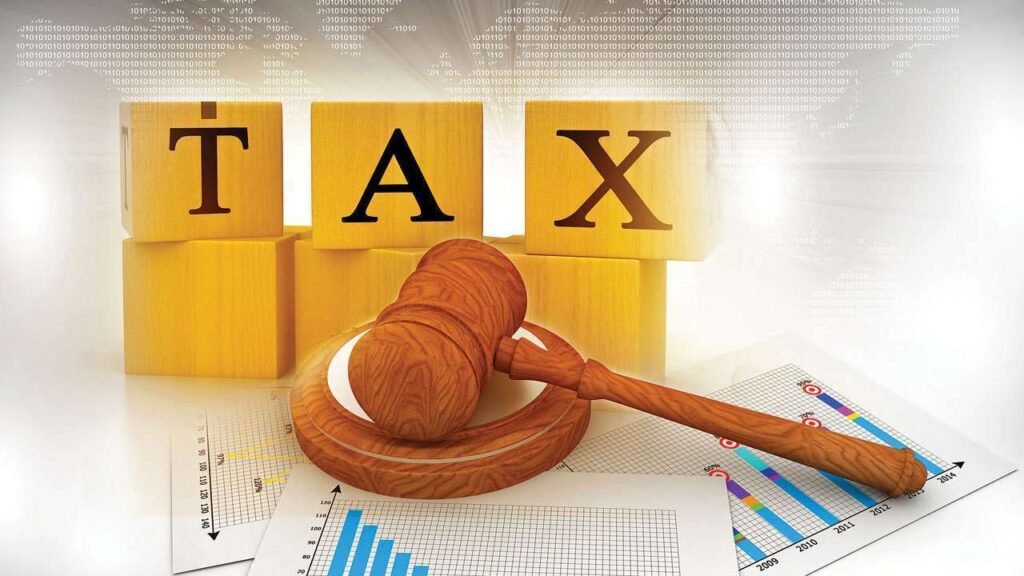Tax buoyancy and Tax Elasticity

The Economic Survey 2022-23 submitted recently in Parliament said that Goods and Services Tax (GST) collection is showing a higher buoyancy than the pre-GST system.
What is Tax buoyancy?
- Tax buoyancy explains the relationship between the changes in government’s tax revenue growth and the changes in GDP.
- It refers to the responsiveness of tax revenue growth to changes in GDP.
- When a tax is buoyant, its revenue increases without increasing the tax rate.
It depends upon:
- the size of the tax base;
- the friendliness of the tax administration;
- the rationality and simplicity of tax rates;
What is Tax Elasticity?
- It refers to changes in tax revenue in response to changes in tax rate.
- For example, how tax revenue changes if the government reduces corporate income tax from 30 per cent to 25 per cent indicate tax elasticity.
Elasticity vs buoyancy:
- Tax elasticity considers the automatic response of revenues to the change in income given that tax structure is unchanged.
- On the other hand, tax buoyancy reflects both the impacts of income and discretionary changes on revenue earnings.
What is Laffer Curve?
- It is an economic theory pioneered by economist Arthur Laffer suggesting that tax rates above a certain threshold reduce tax revenue since they incentivize people not to work. As such, it suggests that lowering tax rates motivates people to earn more money, resulting in greater tax revenue.